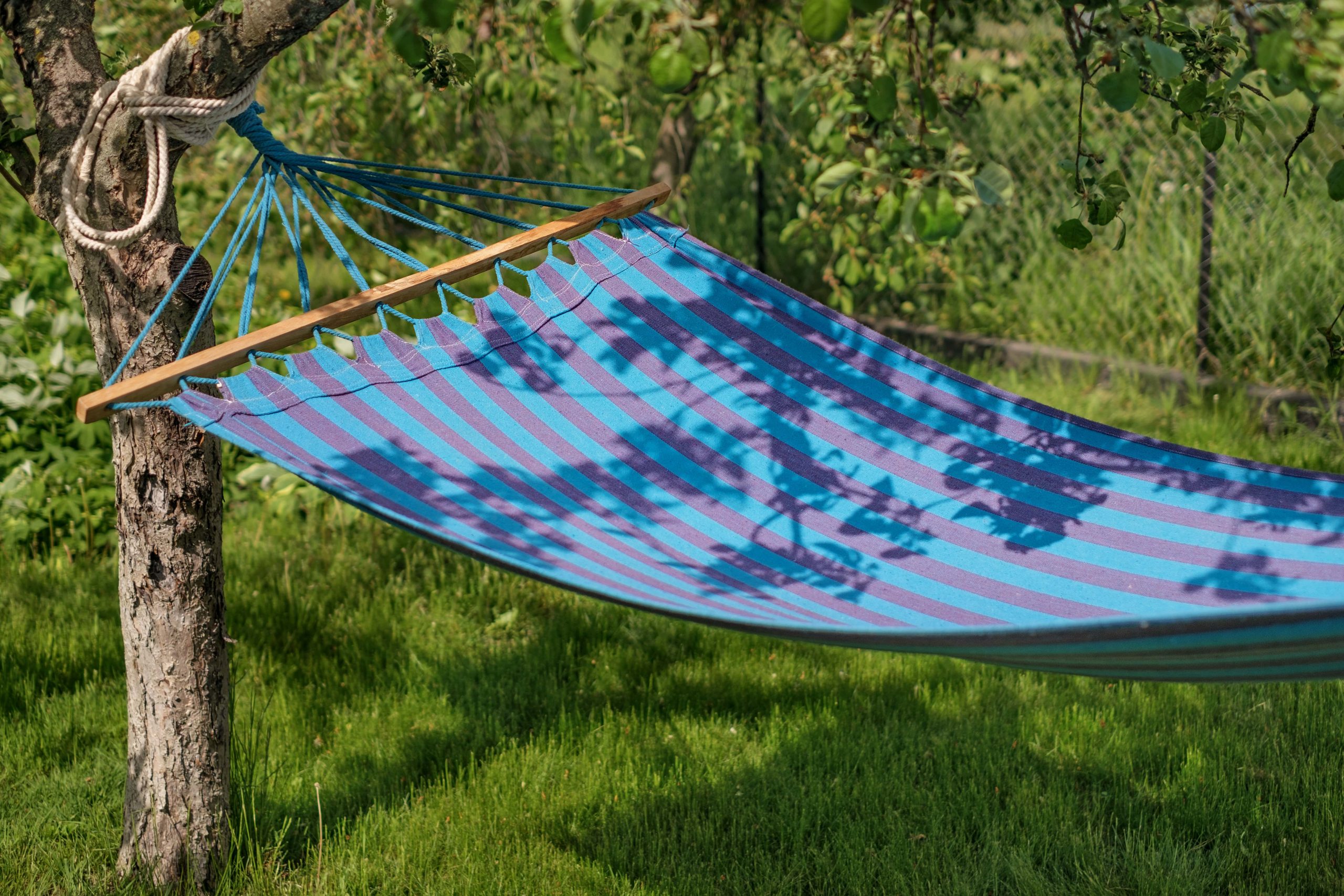A shade garden is a great way to add interest and beauty to your landscape without having to deal with the hassle of a lot of maintenance. Shade gardens can be created with a variety of different plants, including annuals, perennials, shrubs, and trees.
One of the great things about shade gardens is that they can be created in a variety of different ways to suit your needs. For example, if you have a shady spot in your yard that gets a lot of sun in the morning but is shaded in the afternoon, you could create a garden that is mostly made up of shade-loving plants that can tolerate a little bit of sun. Or, if you have a spot that is shaded all day long, you could create a garden that is mostly made up of shade-loving plants that can tolerate low light levels.
When creating a shade garden, it is important to consider the type of plants that you want to include. Shade-loving plants come in a wide variety of shapes, sizes, and colors, so you should have no trouble finding plants that will suit your taste. Some popular choices for shade gardens include hostas, ferns, impatiens, begonias, and philodendrons.
When choosing plants for your shade garden, it is important to consider the amount of sun and shade that the plants will be exposed to. Shade-loving plants that are exposed to too much sun can become stressed and may not flower or produce as much fruit as they would if they were grown in an area with more shade. Conversely, Shade-loving plants that are not exposed to enough sun can become leggy and may not flower or produce as much fruit as they would if they were grown in an area with more sun.
When planting your shade garden, it is important to remember that some plants will need more space than others. Be sure to read the plant labels carefully and give each plant enough room to grow. Also, keep in mind that some shade-loving plants will spread rapidly, so you may need to thin them out every year or so to prevent them from taking over your garden.
Shade gardens can be a great addition to any landscape. With a little bit of planning, you can create a beautiful and low-maintenance garden that will provide you with years of enjoyment.
What plant is best in shade?
If you’re looking for a plant that thrives in shade, there are a few options to choose from. Hostas are a popular choice for shady areas, as they are low-maintenance and come in a variety of colors and sizes. Ferns are also a good option, as they add a touch of greenery to any space. For something a little different, try impatiens or begonias, which both bloom in shady areas.
What do you put in a shady garden?
Assuming you want tips for planting a shady garden:
One of the best things you can do for your garden is to give it some shade. Shade helps to protect your plants from the hot sun and also helps to conserve water. Here are some tips for planting a shady garden:
1. Choose the right plants. Not all plants like shade, so it’s important to choose ones that will thrive in your conditions. Some good options include ferns, hostas, impatiens, and begonias.
2. Amend the soil. Shade gardens tend to have more acidic soil, so you may need to amend it with some lime to make it more hospitable for your plants.
3. Mulch heavily. Mulching helps to retain moisture in the soil and also keeps the roots of your plants cooler.
4. Water regularly. Shade gardens can be prone to drought, so make sure to water regularly, especially during hot summer months.
5. Don’t forget the fertilizer. Shade gardens can be slow to grow, so give them a little boost with some fertilizer every few weeks.
With a little care and attention, your shady garden will be a beautiful and thriving oasis.


